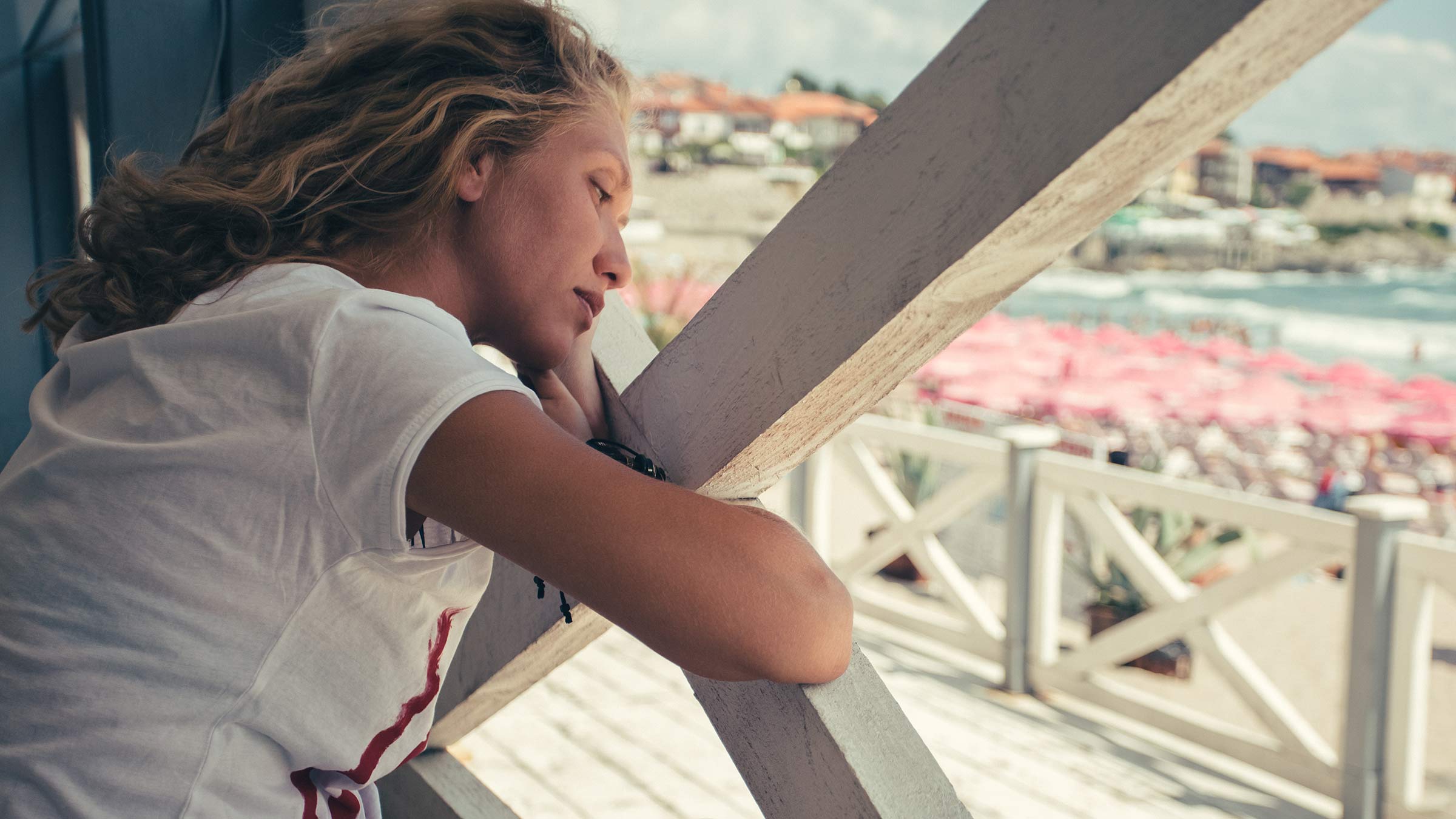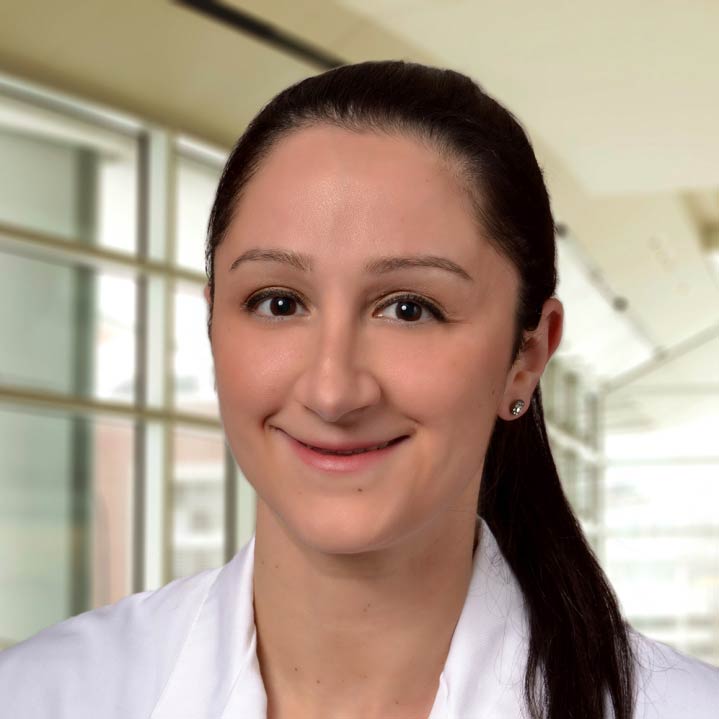
The sun’s out. The days are longer. People are outdoors, going on vacations and enjoying all things summer. So why am I feeling down? If you’ve wondered this very thing, you may be experiencing summer seasonal affective disorder (SAD).
What is seasonal affective disorder?
SAD is a term used to describe mood episodes that interfere with your ability to function that occur at a specific time of year for at least two years in a row. Although we call it SAD, the most accurate way to think of it is as a way to describe a primary mood illness, where you may be extremely sad, irritable or alternate between being happy or depressed. If you have major depressive disorder or bipolar disorder and you experience your symptoms during a particular season, you can be diagnosed with a seasonal pattern of your mood disorder.
What are the symptoms of summer SAD?
Summer SAD is most often a shorthand way of describing major depressive disorder with a summer seasonal pattern. Symptoms of summer SAD include weight loss, poor appetite, insomnia, restlessness and heightened anxiety.
How does summer SAD differ from the winter blues/SAD during fall and winter?
Most people have heard of the winter blues or link SAD to the wintertime. Summer SAD is considered the opposite of winter SAD. The most obvious difference is the timing of symptoms, with summer
SAD starting in late spring and peaking in summer and winter SAD starting in fall and peaking in winter.
The symptoms for each can differ as well. Winter SAD symptoms more commonly resemble hibernation — increased appetite, often experienced as a cravings for carbs; weight gain, up to 5% of someone’s existing weight for an average of 6 to 8 pounds of weight gain; requiring at least one additional hour of sleep a night to feel rested; and social withdrawal or spending less time with friends and family. The trigger for winter SAD is thought to be decreased exposure to natural light as the days get shorter from fall into winter, while the triggers in summer SAD are thought to be heat and humidity.
Is summer SAD hard to diagnose?
There is nothing inherent to summer SAD that makes it difficult to diagnose. However, it is less common than winter SAD and may be more easily overlooked. Also, it can present as agitated depression, which could lead to an incorrect diagnosis of anxiety instead of depression.
How is summer SAD treated?
While winter SAD is classically treated with light therapy, summer SAD does not have a unique evidence-based treatment at this time. Some people may benefit from avoiding being outside when heat and humidity are at their peaks. Others may benefit from vacationing in cooler climates during the summer. In general, cognitive behavioral therapy would be a helpful place to start for mild or moderate symptoms, and antidepressants should be considered when someone is experiencing moderate to severe symptoms.
If you think you have summer SAD, what should you do?
If you think you have summer SAD, you should consult with your primary care provider or psychiatrist, if you already have one. They will ask you about your symptoms and discuss your options to ensure you receive the appropriate treatment.






